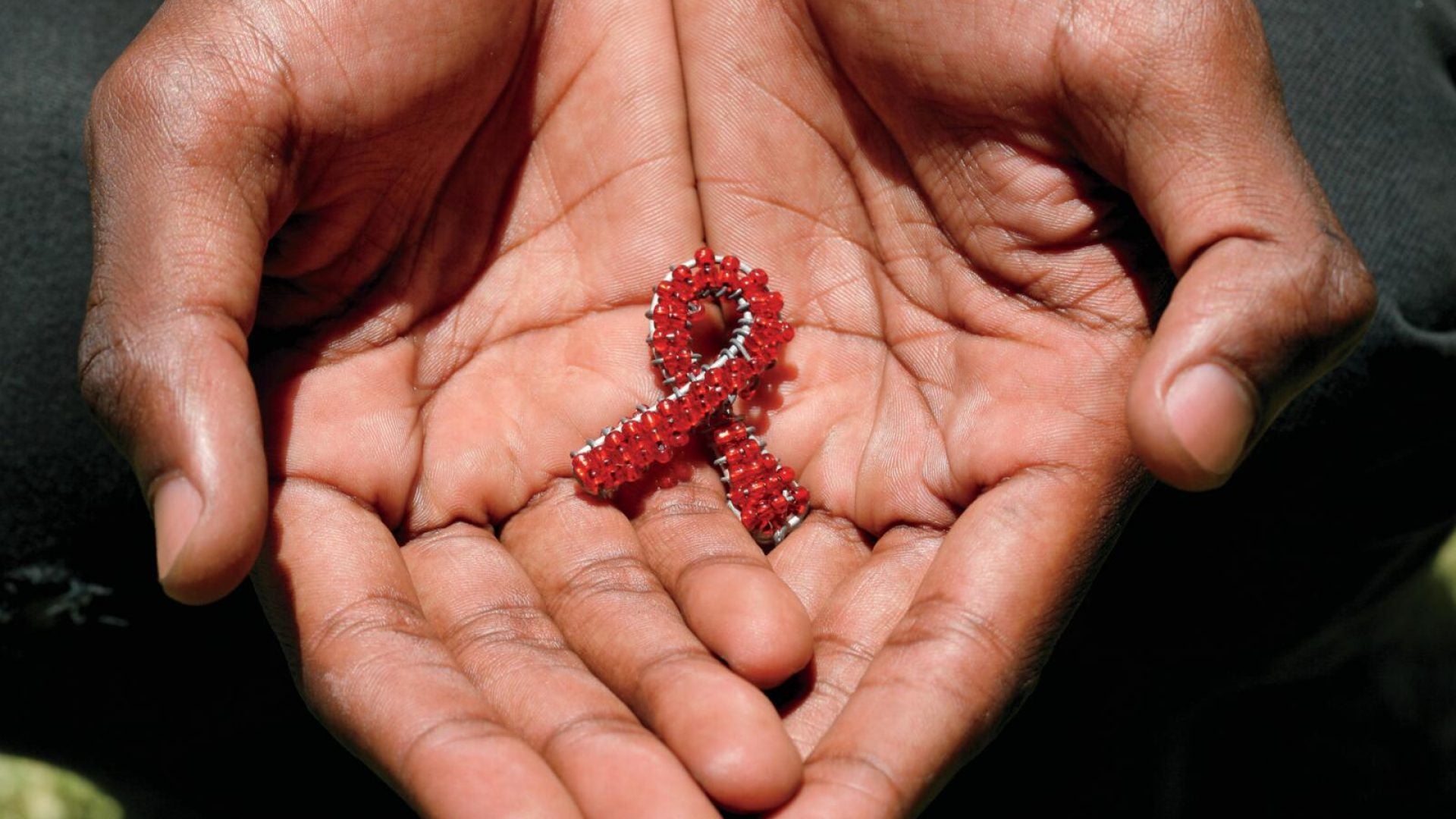
It’s been nearly 40 years since the emergence of the HIV/AIDS epidemic in America. While there have been many important advancements in testing and treatment over the years, the best first step, besides abstinence, is still to know the facts. As recently as 2018, Blacks made up 42 percent of new HIV diagnoses, according to the CDC. Given that we comprise just 13 percent of the general population, we are the most affected group—which suggests we have a lot to talk about within our community. We asked HIV experts about getting tested, preventative treatments and educating the younger generation on HIV. Here are six things you need to know.
1. The CDC recommends that testing begin as early as age 13—and suggests advocating for HIV testing at least once a year if you’re at higher risk, as well as before becoming sexually active with a new partner. Testing can be done in your healthcare provider’s office, at a community health center or at home, with an FDA-approved test.
2. Know your HIV prevention options. PrEP and PEP are medical options for protecting against HIV infection. Both are for people who do not have HIV. PrEP or pre-exposure prophylaxis is taken daily to protect against infection, like birth control but for HIV. You can go on and off PrEP but it takes some time of daily use to become effective and you need to keep taking it to get the prevention benefits. PEP, short for post-exposure prophylaxis, is a prescription medication to be taken in emergency situations within 72 hours after a possible exposure to HIV. The sooner you start PEP the better. If you are prescribed PEP, you will need to take it once or twice daily for 28 days. PEP should not be used for ongoing prevention.
ARVs – or antiretrovirals – are prescription medications that work to reduce the amount of virus (or viral load) of an individual living with HIV. By taking ARVs every day as prescribed it is possible to get to an undetectable viral load. This keeps you healthy and prevents passing HIV to others. When the viral load is undetectable – or suppressed – HIV cannot be passed to others through sex. ARVs have been around for many years helping people with HIV to live long, healthy lives. Tina Hoff, director of Greater Than AIDS, says, “Regardless of your HIV status, there are more options than ever to keep you healthy and prevent transmission. And, that’s great news.”
3. Khadijah Abdullah, Founder and Executive Director of RAHMA (Reaching all HIV+ Muslims in America), works to destigmatize HIV, especially in faith communities. She notes that family support is crucial. “Be nonjudgmental of HIV-positive family members,” she says. “Don’t ask how they became positive; ask how you can help them navigate their diagnosis.” Often, the first reaction people who are diagnosed receive—especially from loved ones—is critical. This can set the course for how they perceive and care for themselves from then on. “Empower them toward a positive future,” Abdullah says.
4. Overall, reported HIV cases are decreasing in the United States. According to the CDC, in 2018 there were 37,968 HIV diagnoses in the US—a 7% decrease from 2014. Notes Dr. Eugene McCray, Director of the CDC Division of HIV/AIDS Prevention, “The declines seen in these reports suggest that national HIV-prevention efforts are paying off in some populations. However, increases among other groups and in certain geographic areas signal an urgent need to expand and improve HIV prevention and treatment.”
5. In 2018, the CDC reported that 21% of new diagnoses were in youth ages 13-24. Dr. McCray attributes the challenges in preventing HIV among young people to inadequate sex education, low rates of testing, substance use and low rates of condom use, among other factors. Informing the next generation starts with conversations about safety and with encouraging young people to get themselves tested.
6. Accurate information about HIV is essential. As what we know
about HIV changes, it’s important to consult trustworthy sources.
To find out more about the latest in HIV testing, preventative medicine and treatments, visit cdc.gov, greaterthan.org and hiv.gov.







This article originally appears in the November/December 2020 issue of ESSENCE Magazine.





